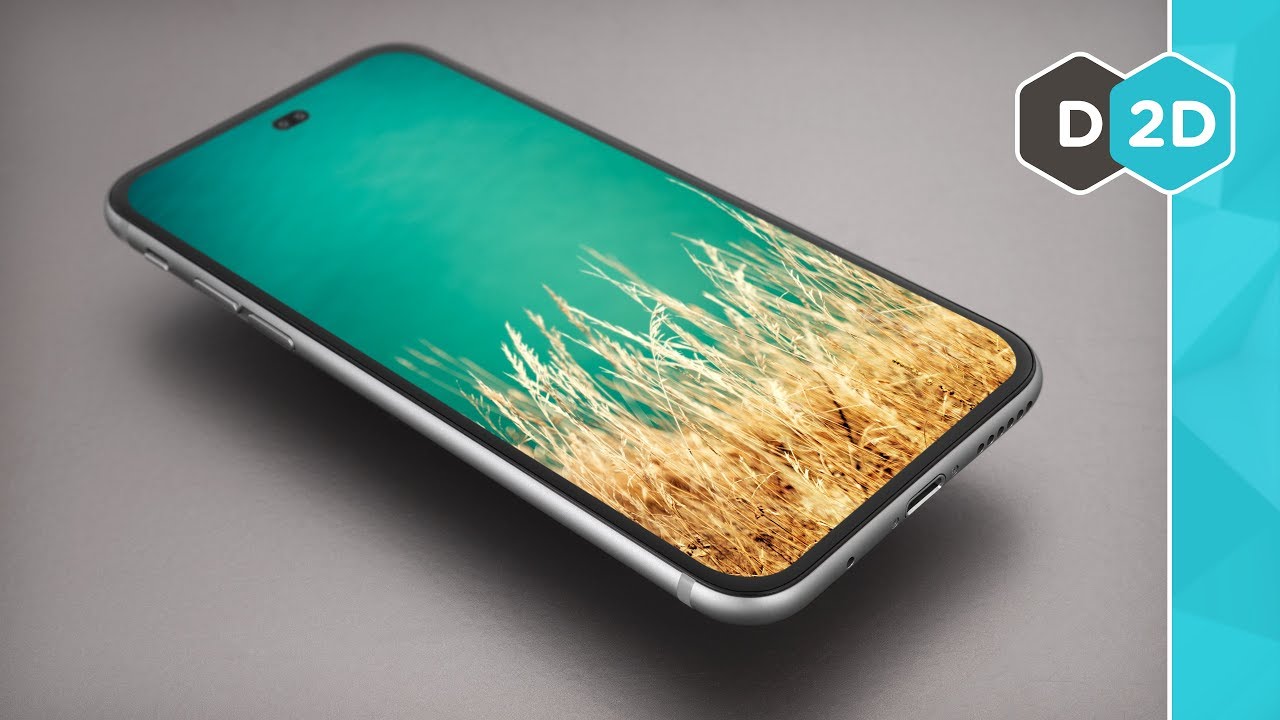Dell’s XPS 13, the laptop that kicked off the narrow-bezel revolution, takes it to another level by getting, well, even narrower bezels.
Dell found the extra real estate by eliminating the bottom bezel, the last area of unused space in the laptop’s display area. Claiming that space also meant Dell could jettison the 16:9 “widescreen” of prior generations, an aspect ratio that’s better for watching movies than doing real work. The 16:10 aspect ratio on the 2020 Dell XPS 13 9300 is similar to that on the Dell XPS 13 2-in-1 7390, and it offers a bit more room for scrolling spreadsheets and big documents.
 Dell
DellIt’s all screen on the new 2020 XPS 13 9300.
That’s not the only big change. Dell’s early 2020, XPS 13 9300 moves to Intel’s newest 10th-generation, 10nm Core i7-1065G7 “Ice Lake” CPU, adds an infrared Windows Hello camera, and uses a standard M.2 SSD.
Yes, if you’re the kind of person who got triggered when Dell’s much-lauded XPS 13 2-in-1 went to an Apple-style soldered-in SSD, you can release your caps lock key now. This SSD is upgradable. We even asked Dell to crack open a unit so we could take photographic proof. We didn’t go so far as to remove the copper heat spreader on the M.2 drive, but if you think the picture is FAKE! we probably can’t convince you the Earth is round, either.
 Gordon Mah Ung
Gordon Mah UngDell sticks with a standard M.2 SSD (under the copper heat spreader) and conventional dual-fan and thick heat pipe in the early 2020 Dell XPS 13 9300.
Just above the M.2 drive is the heat pipe along with the dual fans, all of which appears to be a complete redesign. Looking at the Dell XPS 13 9370 (below), first introduced at CES in 2018, you can see the big change: The older one uses two pipes, running in the same direction.
 Dan Masaoka
Dan MasaokaThe older XPS 13 9380 featured a heat pipe all on the same side cooled by two fans.
Dell didn’t get into performance of the newest XPS 13, but the new cooling design should help dissipate heat more evenly, rather than concentrating it all in one place under the keyboard.
Speaking of the keyboard, Dell went with a standard rubber dome design this time around, rather than the love-it-or-hate-it Maglev II keyboard of the XPS 13 2-in-1 7390. The keyboard is a redesign from the previous model, and it stretches all the way to the edges of the frame.
 Dell
DellThe keyboard is a standard dome keyboard with 1mm of travel.
No more 6-core?
Of course, the obvious change by moving to Intel’s actual 10nm 10th gen is the loss of two cores. The Core i7-1065G7 tops out at a quad-core chip, whereas the previous Core i7-10710U in the XPS 13 7390 had six cores, albeit using the older 14nm architecture. That’s likely to result in a step back in CPU performance under heavy multi-threading tests, but a significant step up in graphics performance, as we’ve already seen in the XPS 13 2-in-1 7390.
Some will likely bemoan the CPU performance hit, but the 6-core Comet Lake…
https://www.pcworld.com/article/3511946/hands-on-dells-xps-13-9300-gets-10th-gen-10nm-intel-core-cpu-bigger-screen-and-m2-ssd.html#tk.rss_all
















